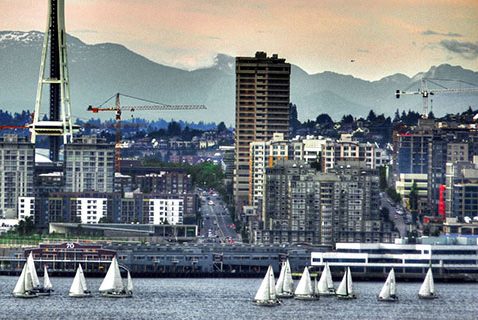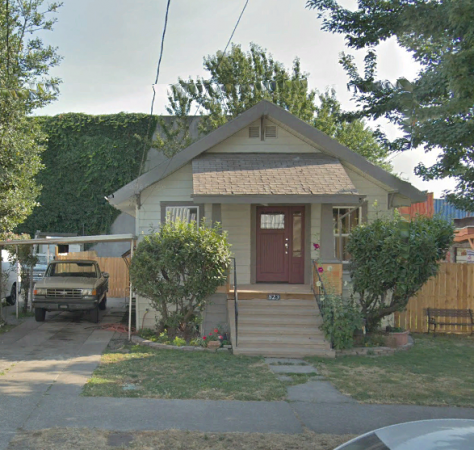In our attempt to serve our clients, Seattle Commercial Real Estate follows the news and trends in commercial real estate. Sometimes there is a story behind a story that foretells a trend that bears looking at. That is the case for life sciences and the biotech research industries in this state. A recent announcement of a project of 1.2 million square feet near Lake Union at a cost of $700 Million could have been seen as “just another development”. That is not the case.
This project with three announced projects within the same area total over 2.6 million square feet of new office construction. Life sciences and biotech in 2021 received $1.4 Billion in funding just from the National Institute of Health which funds about $3.47 Billion annually. That ranks Seattle eighth in the US, trailing California, New York, etc. 94% of the funding in this state went to Seattle-based companies.
The implication for Seattle Commercial Real Estate is enormous. The employment will clearly stimulate the need for multi-family housing and services will require retail and other support, which in turn will put more pressure on the limited supply of industrial space in the market.
These signs are a positive in a city that has reached employment levels that are nearly even with pre-covid levels. The truth behind this scenario has some very scary elements, which manage to avoid the blaring headlines in the press. The first is the state of employment. There is a huge demand for labor that is not being met. Kroger alone, which operates locally through its Fred Meyer and QFC Markets is looking for 1,100 employees. Stand in line to buy at one of these facilities and understand that there are not enough employees. The competition for labor, particularly in the service industries is driving inflation locally to even greater heights. Ultimately, if you cannot staff, you cannot open and that creates a dilemma for future growth.
Seattle Commercial Real Estate is optimistic for the long term, but the near term based upon the national inflationary cycle, which is ever more gathering momentum is well worth watching. The clear net effect will be to shift growth to areas outside major urban cores as these areas are clearly “affordable”.




